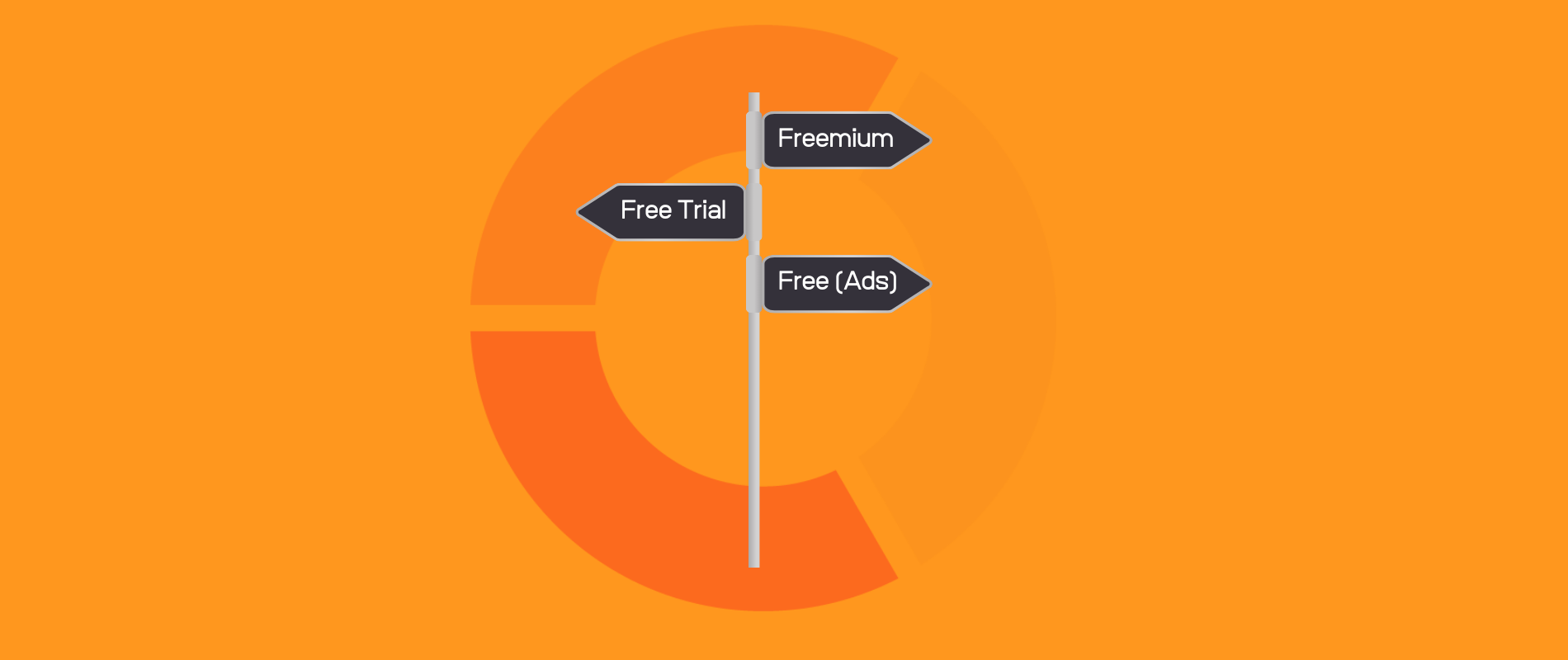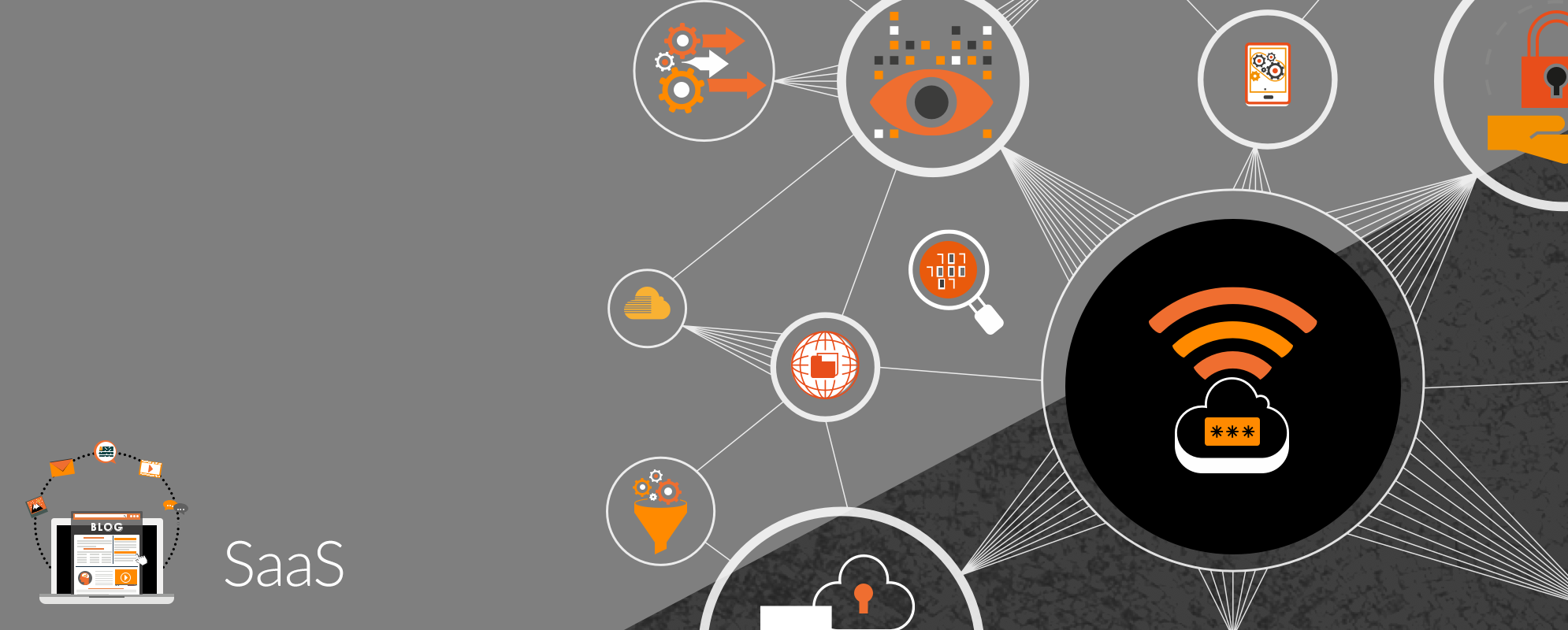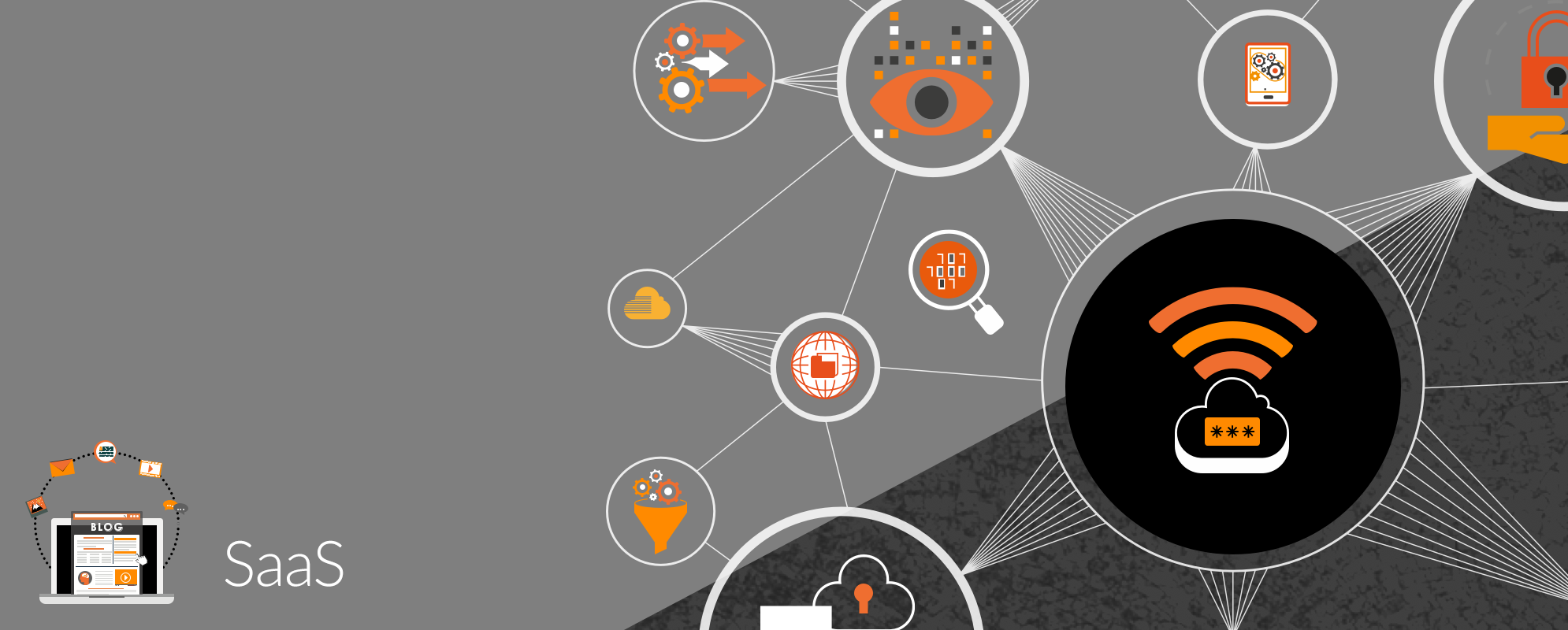
Get weekly
HubSpot updates
When it comes to pricing your software product, you may find that everyone in your business has a different idea. Your sales team might want a competitive price that undercuts the competition; your key stakeholders will want to see a tangible return on investment (ROI), and the marketing team may be a little bit overwhelmed with all the different possible pricing models.
Deciding on what to charge for your software-based service, however, is a decision that requires meticulous planning and understanding of your buyer personas. Your pricing model will also be affected by whether your product is targeted at B2B or B2C customers.
Key considerations:
- The price you set for your product will affect its perceived value to the customer.
- Your pricing model will determine your market position.
- Would you prefer to have a large volume of customers, or higher-value customers in smaller quantities?
- Will every customer need all the features in your software, or can they be isolated?
- Is your offering continuously evolving and gaining new features?
- What ROI is the client receiving when purchasing your product – what is the real value for them?
- What is the projected customer lifetime value (CLV) for your product? If they are only likely to use your software for a short duration, a monthly subscription may be off the table.
- How does your particular buyer persona make a purchasing decision?: Is it an autonomous decision, or does it have to pass through several layers of management? This question also ties in with their procurement processes if you're in a B2B scenario: How do they prefer to pay?
If you're already an established SaaS business and have an existing pricing model that isn't bringing in the numbers you're hoping to see, it may be time to reevaluate your marketing strategy.
This is because, at its core, pricing is a marketing-based decision. If you're looking at it purely from a profit angle, you may end up focusing more on acquisition, and not investing the time and resources on targeting your ideal buyer personas – the customers that are going to keep you in business as opposed to just try you out, give you a hard time and then ask for their money back. Know thy customer is a crucial element here.
So, now that we've taken a look at some of the elements that will help shape up your ideas in regards to pricing models let's take a look at some of the most popular options. You can then see which one may be more suitable for your particular industry and the nature of your SaaS product.
1. Flat rate pricing
This is a basic one-size-fits-all approach. You will charge the same amount to every customer regardless of whether they use all of the features your software has to offer and irrespective of the number of users.
This is kind of like the old school way of selling software pre the cloud days: here's your box, here's how to install it, it costs this much. The only difference now is that you can charge monthly as opposed to a one-off fee.
This may not be appealing to small business owners who require some of the features of your product, but aren't generating enough revenue to warrant paying a huge amount for something that they may only use 20% of the time. If you would like to gain prospects that are more likely to scale up and allow you to charge more in the future, to accommodate their growing needs, you may wish to consider a more flexible pricing model.
2. The freemium model
Essentially, with the freemium pricing model, you give a good chunk of your core product away – for free. That's right – nothing!
Why do such a crazy thing?
Because it's one of the best ways to get your product through the door and quickly onboard new customers. Once they realise how awesome your software is and they get a taste of your excellent customer support, it'll be hard for them to imagine a world before your software.
Businesses that have done really well out of this pricing model are Dropbox, Canva and Slack. They let users benefit from their features without paying, and eventually funnel them towards a tiered pricing strategy and a monthly or annual subscription.
But (it's a very big but), this may not be the answer for you at all if you cannot handle the high volume of free subscribers that may never, ever, ever have any intention of paying for your service – and there are a lot of those.
Also, if users start becoming heavily reliant on the free features of your product, they may feel a little bit duped when they hit that "you must be a paying customer to access this feature" barrier.
So, be very clear as to why you are offering this option, whether you have the infrastructure and revenue to support it, and if the long-term benefits for your business are actually worth it.
3. Pay as you go (usage-based pricing)
With this model, you adjust your pricing according to how much the customer uses it. This may suit clients that have seasonal or situational interest in using your software and don't want to feel tied into a contract for something that they are not actively using all of the time.
However, this leaves you in a bit of a tricky situation when trying to predict your incoming revenue and make essential business decisions. Being at the whim of fluctuating demand patterns may also cause your development and support features for the product to suffer.
4. Per-user pricing
If you're selling a B2B SaaS product, you may be on to a good thing with a per-user pricing model. This is because it's the perfect way to help corporate clients control their spend and only acquire the product for the select individuals within the company who will be working directly with the software.
From a seller's perspective, this also helps to justify the cost of the service support you offer. Making your product available to an entire corporation increases the potential for troubleshooting queries and assistance you may have to provide; ultimately, this may not be feasible if you are charging a flat rate yet dedicating your entire support team to one company.
Slack, the go-to communication tool for many organisations these days, uses this pricing model. Team members require separate logins in order to share documents and ideas, limiting the ability to share login details as this defeats the purpose of the tool. So the lesson here is, if you're going to use this model, make sure that your product isn't susceptible to manipulation.
5. Tiered pricing
This pricing model is perhaps the most SaaS-friendly one.
Why?
Because it allows your users to expand their service requirements in alignment with how their own business is growing. The same applies in a B2C scenario. When a user has a more frequent or extensive need for your software, they can move on to the next package, which may offer more features or logins. Think Netflix here.
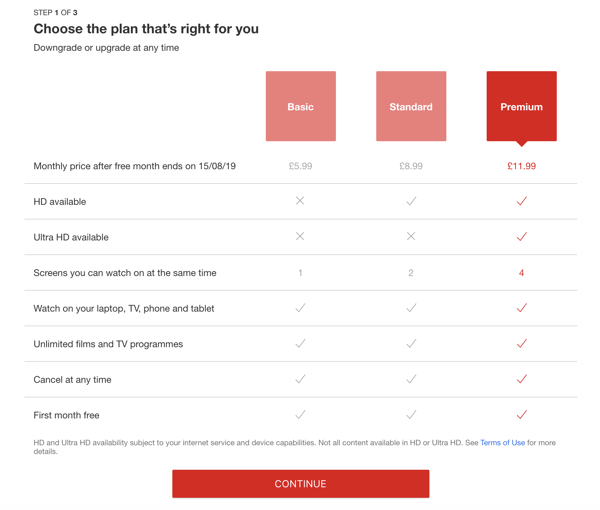
With a tiered pricing model, you can upsell higher value packages and combine different features, as and when your clients need them.
The key takeaway for any SaaS company when it comes to pricing is:
You have to really understand what your paying customers want, need, and are willing to pay extra for. This requires an element of flexibility from you and continuous testing to ensure that your pricing is relevant in a competitive market, but also fair to your loyal supporters.
A company that offers a broad combination of almost all of the models discussed is Mailchimp.
The marketing automation software company offers its users a free option that restricts the available features – it is thanks to this option that they have been able to build their initial userbase and introduce customers to their services. As the user's needs develop, MailChimp offers a Premium, Standard and Essentials package to meet their needs. Alternatively, they also offer a Pay As You Go variant of the service where customers can add features onto their plan.
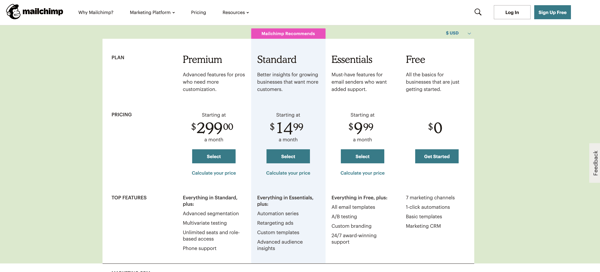
Now, to go back to one of our very first points about SaaS pricing models: this is inherently a marketing decision. When planning your strategy, you have to consider all the other elements in the marketing mix and how they relate to the ultimate value that your SaaS product delivers to your ideal buyer persona. Once you have this in place, you will be able to take on a much more realistic and fact-based view on which pricing model suits your business.
At Klood, we are proud to have a growing customer base of SaaS clients, and we are well-positioned to look under the hood of your current marketing strategy and assess whether your pricing model is as saleable as you think. Give us a call today, we'd love to show you how you can grow your paying user base with the right marketing strategy behind a coordinated pricing model.
